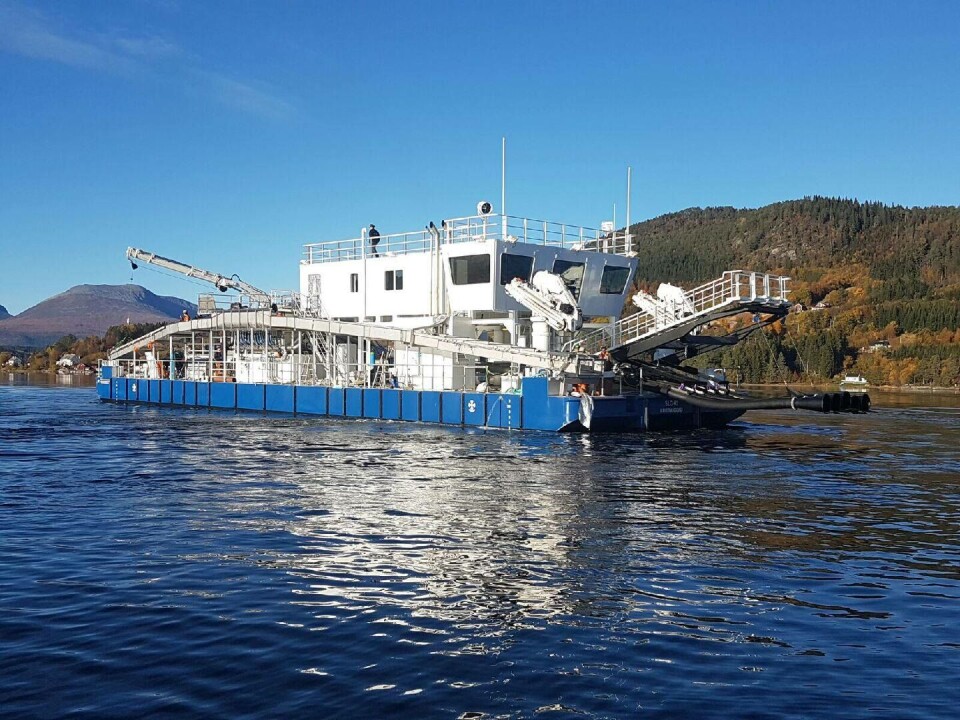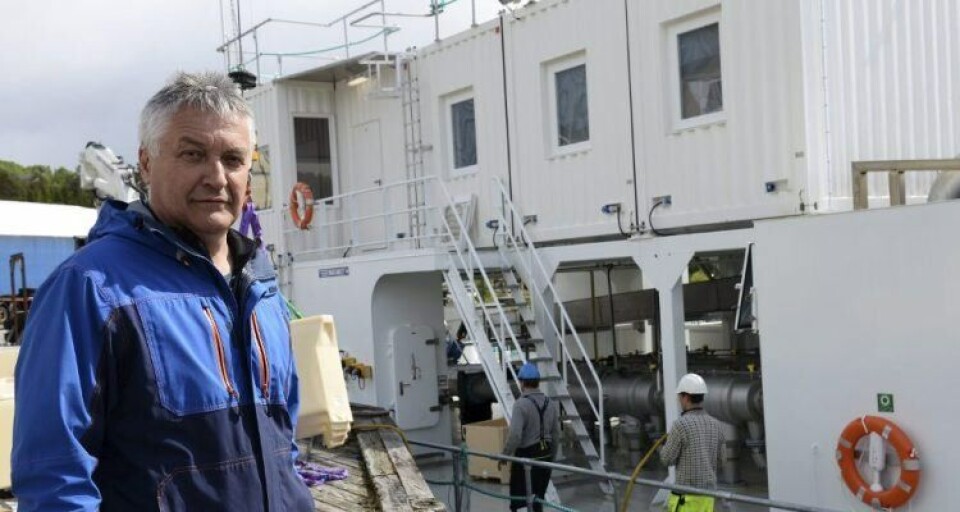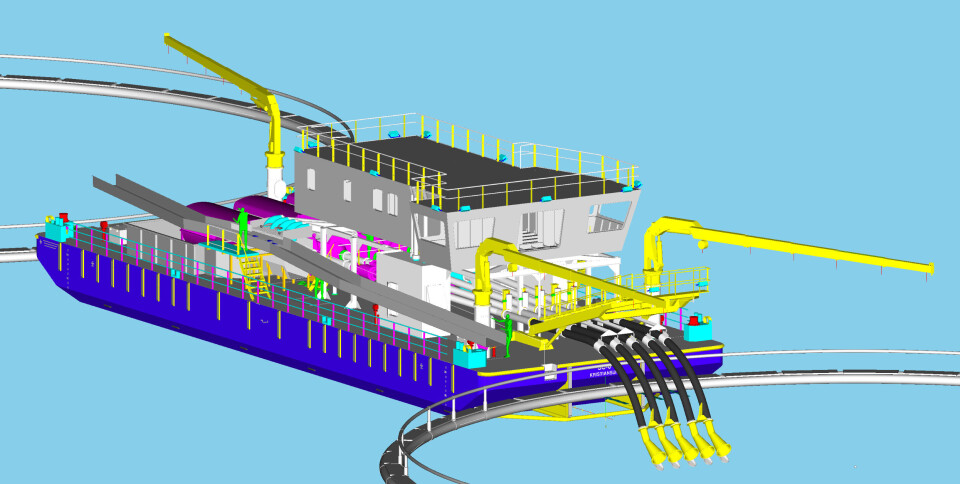
Hydrolicer barges prove popular
Following the successful deployment - and impressively low mortality levels caused by - an earlier model, Salmar is due to receive its second Hydrolicer barge from Vamar As next week.
Ahead of the delivery, Roger Bekken, managing director of Salmar, told Kyst.no: “We look forward to having another delousing tool in place. Salmar Farming has deloused about 100 cages (15 million fish) with Hydrolicers so far.”

He points to the impressive fish welfare performance of the barge: “In Salmar we rely on multiple tools, including Thermolicer, Skamik, and Optilicer, as well as fresh water treatments. The different systems have different application in relation to the size of the fish.”
“So far this is the method that has given the lowest treatment mortality of the non-pharmacological methods we use, mortality is around 0.2 % after a week,” he explains.
Despite excellent results, Vamar’s CEO Peter Kristjan Vaagland says that they are constantly looking to fine-tune the product.
“After the delivery of SLC-01 [the first model], we had to make some adjustments to the systems, but in recent months it has worked out well,” Vaagland told Kyst.no.
Five lines
The hull of both barges were built at a shipyard in Poland while Vaagland Båtbyggeri, Vamar’s parent company, then installed five Hydrolicer lines (compared to four in the previous barge) manoeuvring equipment, power generators, cranes, filtration equipment and an ozone plant on version SLC-02.
The barge can sleep up to eight people, while 4-5 people are typically needed to operate it. Each line can delouse about 30 tonnes of fish per hour.
Development history
The Hydrolicer system was developed by Marine Harvest's Henrik Trengereid, together with the former area manager, Frank Øren, and serial entrepreneur Odd Einar Grøntvedt. In 2015 they founded Hydrolicer Production AS which developed the machine and tested prototypes in collaboration with Marine Harvest.

Vaagland is glad that Vamar has gained such valuable experience of using Hydrolicers, working in close cooperation with OEM /Hydrolicer Production AS and salmon producers.
“We have gained much new knowledge, there has been a lot of trial and testing. But we have built up an expertise on these barges that we will build into future devices,” he says.
























































